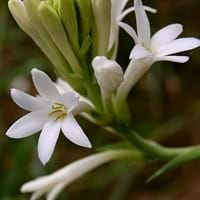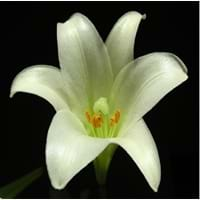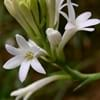Color
Pink, White, Yellow
Orange, Pink, Red, White, Yellow
Color Meaning
Pink - Sensitivity and Love, White - Purity and Innocence, Yellow - Happiness and Friendship
Orange - Satisfaction and Passion, Pink - Sensitivity and Love, Red - Courage, Desire and Love, White - Purity and Innocence, Yellow - Happiness and Friendship
Fragrance
Aromatic
Aromatic
Line
Not Available
Not Available
Silhouette
Not Available
Not Available
Blossom Texture
Not Available
Not Available
Form
Not Available
Not Available
Sunlight
Full Sun
Full Sun, Part Sun
Watering
Enough
Diligently
Type of Soil
Well-drained, Sandy
Loamy
Essential Fertilizers
Lime stone, Nitrogen
Lime stone
Common Pests and Diseases
List of Pests
Aphids, Mites, Thrips
Aphids, Mites, Slugs, Snails, Thrips
List of Diseases
Nematodes, Stem Rot
blight, Gray Molds, Nematodes, Root Rot, Rust
Bloom Time
Late-Summer Season, Mid-Summer Season
All Summer Season, Fall Season, Spring Season
History
Not Available
Not Available
Origin
Mexico
Asia, Europe, North America, Northern Hemisphere
Interesting Facts of
- Tuberose flower blooms only at night and it is the only time when it is active. Due to this these are also called as “Night Queen”, “Mistress of the Night”, or “Raat ki Raani” in Hindi.
- In Hawaiian weddings, it is a tradition for the bride to wear a Tuberose wreath.
.
- In Chinese culture it signifies being forever in love.
- Pollens of Lily can be poisonous for cats.
Lifespan
Perennials - a plant that lives for three or more years
Perennials - a plant that lives for three or more years
Flower Meaning
Not Available
Not Available
Astrological Flower
Not Available
Not Available
Birth Month Flower
Not Available
Not Available
Flower Availability
Not Available
Not Available
Uses
Not Available
Not Available
Health Benefits
Good remedy for Diarrhea, Prevents Intestinal Ulcers
Best remedy for Cough & Cold, improves the functioning of the lungs, kidneys, and stomach
Medicinal Uses
Acts as a antidepressant, Acts as a antispasmodic, Acts as an anti-inflammatory
Natural Healer, prevents the formation of scar tissue, treats burns
Culinary Uses
Used in salads, soups and sandwiches
Used in salads, soups and sandwiches
Design Uses
Not Available
Not Available
Cosmetic Uses
Used in Perfumes, Utilized in making essential oils
Lightens the skin, Used in Perfumes, Utilized in making essential oils
Occasional Uses
Decoration, Wedding
Anniversary, Friendship Day, Funerals, Sympathy, Wedding
Allergy
NA
Asthma, Headache, Itchy eyes, Nausea, Runny nose, Sneezing
Common Name
Not Available
Not Available
Tribe
Not Available
Not Available
Scientific Name
Polianthes tuberosa
Lilium
Sub kingdom
Tracheobionta
Tracheobionta
Super Division
Spermatophyte
Spermatophyta
Division
Magnoliophyta
Magnoliophyta
Order
Asparagales
Liliales
Class
Magnoliopsida
Liliopsida
Family
Asparagaceae
Liliaceae
Sub Family
Agavoideae
Lilioideae
Genus
Not Available
Not Available
Number of Species
Not Available
Not Available
More about Tuberose and Lily Facts and color
You must be curious to know more about Tuberose and Lily facts and color. flowers.comparespecies.com will let you know all the Interesting Facts about Tuberose and Lily. Tuberose comes in Pink, White, Yellow colors whereas Lily flowers are with Orange, Pink, Red, White, Yellow colors. Other Tuberose and Lily facts will definitely amuse you.
Tuberose and Lily growing conditions
Absolute growing condition is the only key to keep plants in good health and in good shape. Let’s learn about essential Tuberose and Lily growing conditions. Tuberose requires Full Sun and Enough watering with 6.50 of Well-drained, Sandy soil. Lily needs Full Sun, Part Sun and Diligently watering with 5.50 of Loamy soil. Get other Tuberose and Lily facts in the sections below.
Tuberose and Lily Facts
Want to know about Tuberose and Lily facts? Get all the Tuberose and Lily facts here.
Tuberose and Lily Classification
After knowing about various Tuberose and Lily facts, let's study their classification. Based on genetic and physical features, Tuberose and Lily classification starts with knowing their scientific name. The scientific name of Tuberose and Lily is Polianthes tuberosa and Lilium respectively. Tuberose belongs to Asparagaceae family whereas Lily falls under Liliaceae family. Also check out Flowers by Color so as to plant colorful aroma in the garden.





